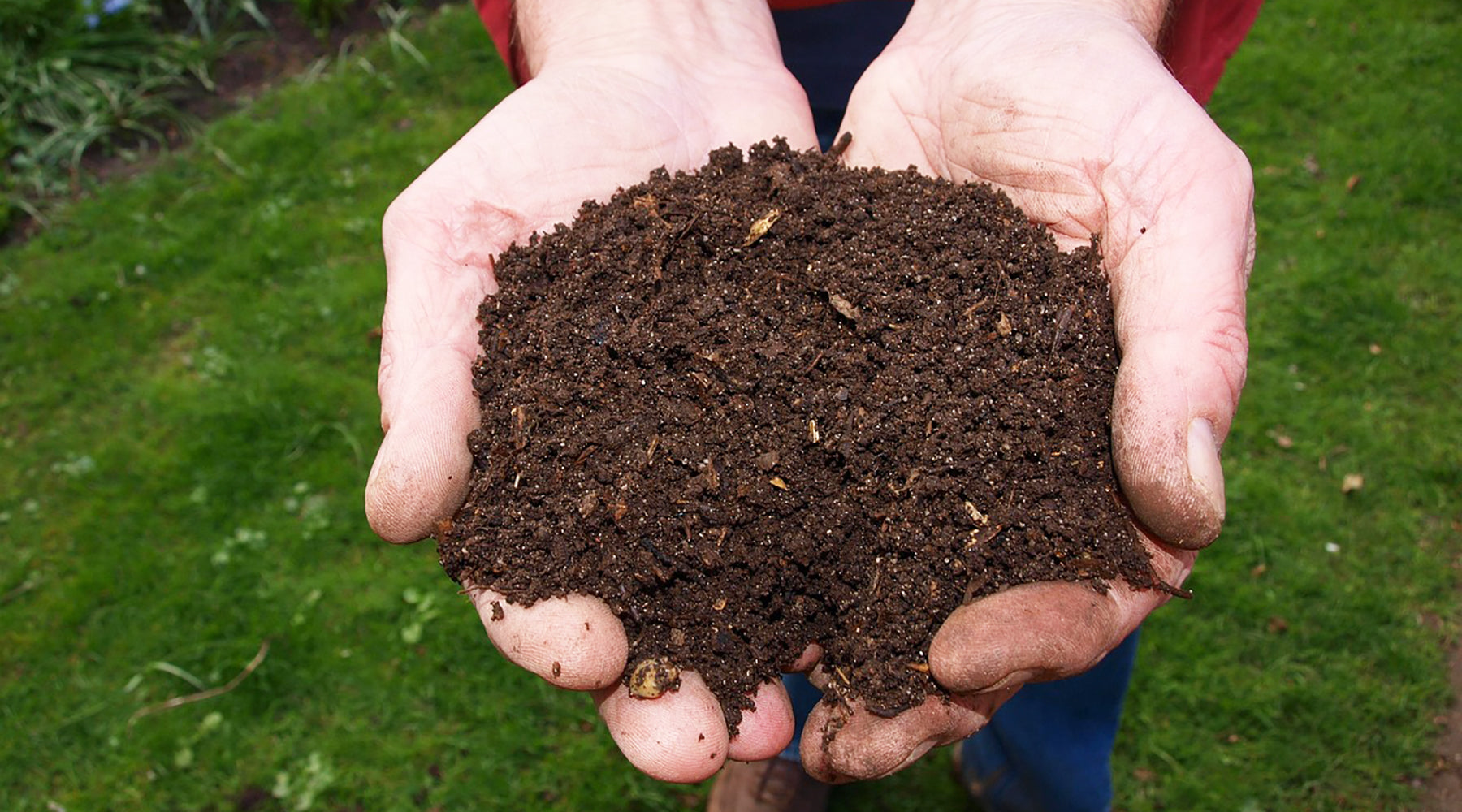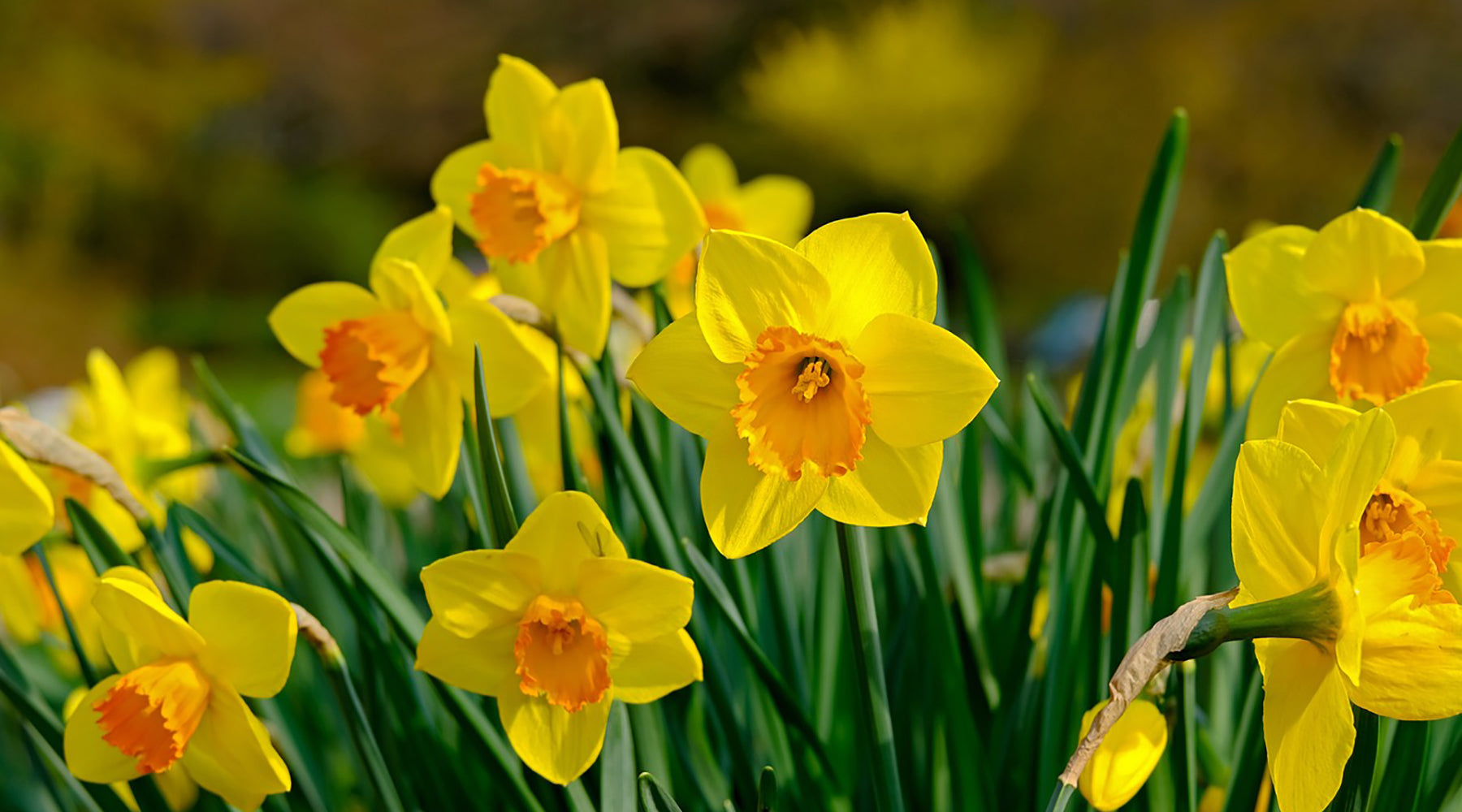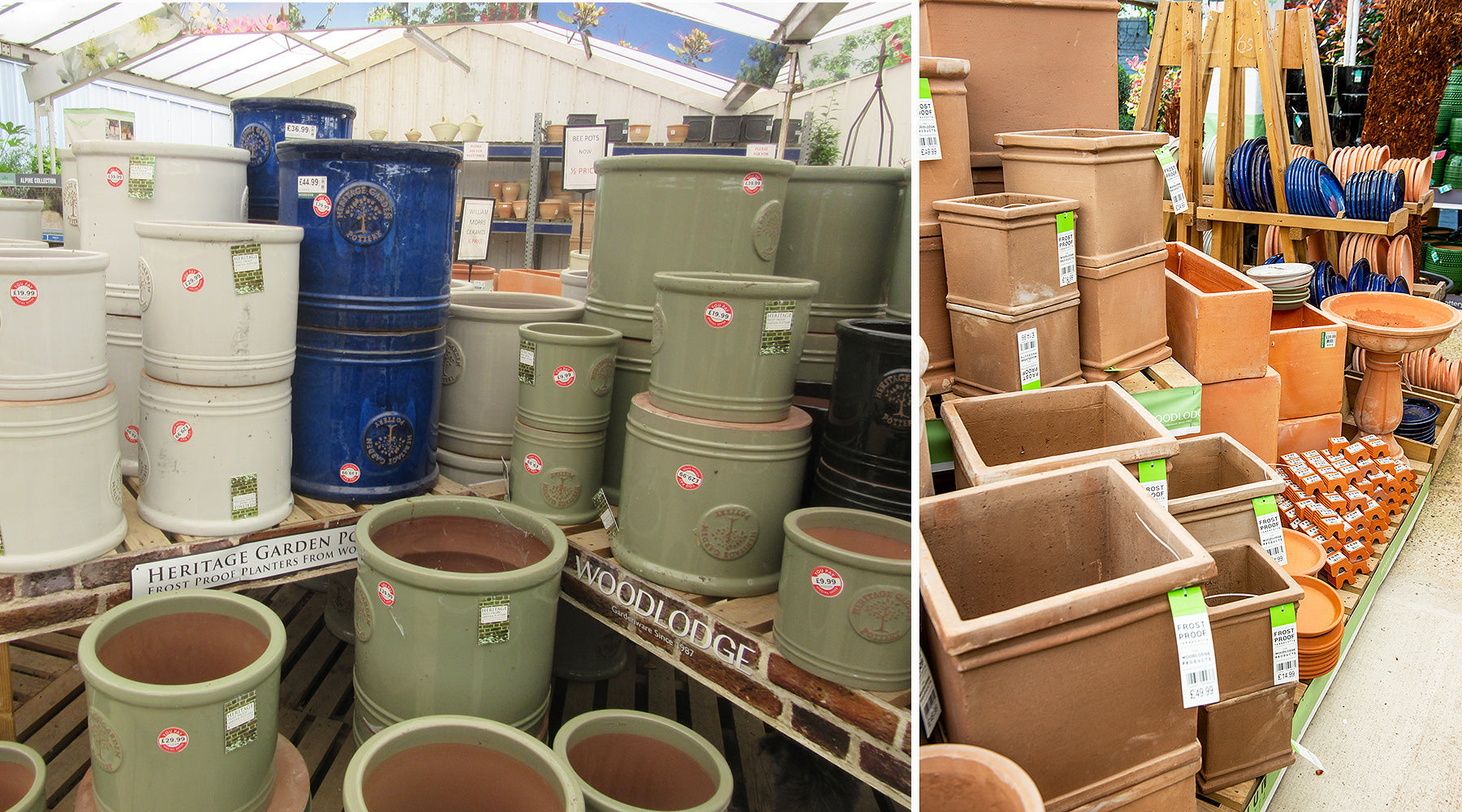
Making Your Own Garden Compost
As a Garden Centre, bags of compost are one of our consistent sellers. It’s great to know how many of you love to get your hands into the soil! We also know that many of you make your own garden compost and buy a bag from us when you need a top up or when you need something specific, like seed or ericaceous compost. Making your own compost is relatively easy, if you follow some simple guidelines, and is very satisfying, so we’re sharing these tips for anyone who’d like to start making their own.
Shop-bought versus Home-made: is it worth it?
Is home composting really worth it compared to buying a bag from us? Shop-bought compost is certainly convenient, has an almost unlimited supply and offers a uniform texture. It requires no effort or space that making your own does. However, if you use a lot, the price can start to add up and some of the cheaper brands may not have the level of nutrients that home-made compost does.
Anything you can make at home will be free (or at least only cost whatever you pay for your compost bin) and is likely to be more nutritious than commercial mixes. You do need a little space in which to site your bin(s) but the effort in making compost is minimal (see our tips below to maximise any effort you do take with it). It’s also incredibly satisfying to be able to recycle items that would otherwise be thrown away, so has numerous environmental benefits.

Choosing the Right Compost Bin for you
If you’ve decided to give it a try, you’ll need somewhere to stash your ‘ingredients’ while they break down into usable compost. There are several options and what suits you will depend on your budget, the space you have available and your patience! Here are the main options:
Plastic ‘dome-shaped’ bins – Standing up to a meter high and holding anything from 220 litres of ingredients, you can pay between £25 and £65 for a simple bin like this. Usually in black or dark green, they can be great for smaller gardens and work well if you want to keep things tidy. They speed up decomposition by keeping in warmth but it can be a hassle to reach the compost to turn and aerate it.
Wooden Compost Bins – Wooden bins tend to be made of slats of wood so perhaps blend into your garden more naturally. The slats also provide better airflow and seem to come in larger capacities than their plastic relatives, if you want to make lots of compost. However, they are also a little more pricey, from around £45 up to hundreds if you want a multi-compartment bin. If you’re feeling adventurous, you could build your own framework, of course; make sure you use untreated wood so that any unwanted chemicals don’t leach into your compost.
Compost Tumblers – Compost tumblers (usually also made of plastic) combine the heat-retaining properties of plastic bins with the airflow benefits of wooden ones. The idea is that they are – put simply – a drum on legs that you can rotate from time to time to mix up and aerate your ingredients. Because of this, they tend to produce usable compost in a faster time than static bins do. However, they generally have a smaller capacity (because you need to be able to turn them) and are a bit more expensive again. Prices range from about £50 for a small one up to £250 or more.
Open Pile/Heap – If space is no object and you don’t mind a rustic look, you could create an open pile. Just heap up your ingredients to be composted and leave them to it. If you want to speed up the composting processing, turn it every 3 to 4 days while it’s new material; you can turn it less often as it breaks down. Just beware of any wildlife that might choose to make your heap it’s home!

What can you compost?
So, your bin is set up and you’re ready to go – but what can go into the pile? Good compost is about balance – a mix of ‘greens’ (nitrogen-rich materials) and ‘browns’ (carbon-rich materials) to get things decomposing nicely. Mixing greens and browns in roughly equal amounts to help your compost break down efficiently and keep potential nasty smells at bay. Try a mix of the following:
Greens (Nitrogen-rich materials):
- Fruit and veg peelings (worth chopping up bigger items, like orange and banana peel, first)
- Coffee grounds and tea bags (but check the plastic content of your bags!)
- Grass clippings (try to layer these with other items if you can rather than in one clump)
- Fresh leaves
- Plant trimmings
Browns (Carbon-rich materials):
- Cardboard and paper (shredded)
- Eggshells, nutshells (in smallish pieces)
- Straw and hay (better chopped up a bit)
- Dry leaves
- Wood shavings and small twigs
Things to avoid
There are some things that should never go in the compost, however tempting it might be, as they can be harmful or attract pests. To ensure your compost is safe to use, never try to compost the following:
- Meat, fish, and dairy (they attract pests)
- Cooked food (can create bad odours and unwanted visitors)
- Pet poo (as it might contain harmful bacteria)
- Glossy magazines or coloured paper (chemicals and inks can be harmful)
- Large branches (just because they will be too slow to break down)
- Perennial weeds or diseased plants (in case they can spread in your compost)
Note: many councils now offer a food waste kerbside collection service. They can safely collect and dispose of cooked food, including meat, fish and dairy items, because waste collected goes to anaerobic digestions plants. These operate at a much higher temperature than a domestic compost heap, safely disposing of anything potentially harmful.
Five tips for making the best compost
Your heap is set up and full of rich ingredients, breaking down to make nutritious compost. Here are some tips for ensuring you get the best results.
Turn it regularly – Stirring up your compost every couple of weeks helps aerate it and speeds up decomposition. Experience shows that turning more often earlier in the process, as your ingredients are ‘fresher’, is more effective. You can slow down your turning as they start to break down.
Keep it moist but not soggy – All the little microbes that are breaking down your ingredients need some moisture to thrive. If your heap is too dry, nothing will break down, but if it’s too wet, it’ll start to smell or simply wash the nutrients away. Cheap your heap from time to time; ff it’s looking too dry, add water or green materials; if it’s too wet, mix in more browns.
Chop things up – Smaller pieces break down faster, so cut up bigger bits like cardboard and vegetable peelings. I’ve seen people lay things out on the lawn and run the mower over them to chop them up before adding, although a garden shredder would work as well!
Layering helps – Adding greens and browns in layers helps maintain balance. Grass chippings in particular have a habit of ‘clumping’ in the heap, probably because we tend to create a lot of them at the same time. If you can hold back some ‘browns’ ready to mix in when you next mow the lawn, you’re likely to get a better balance.
Have patience! – Good compost takes time, usually 6 months to a year. If you’re after faster results, a compost tumbler or regular turning can speed things up.
Finally…
Making your own compost at home is easy, rewarding, and great for your garden. By recycling kitchen scraps and garden waste, you’ll reduce landfill waste, improve your soil, and save money. Whether you opt for a neat compost bin or a simple pile at the bottom of the garden, the key is to get the right balance of materials and let nature do the work. Give it a go – your plants (and your wallet) will thank you!



Leave a comment
This site is protected by hCaptcha and the hCaptcha Privacy Policy and Terms of Service apply.